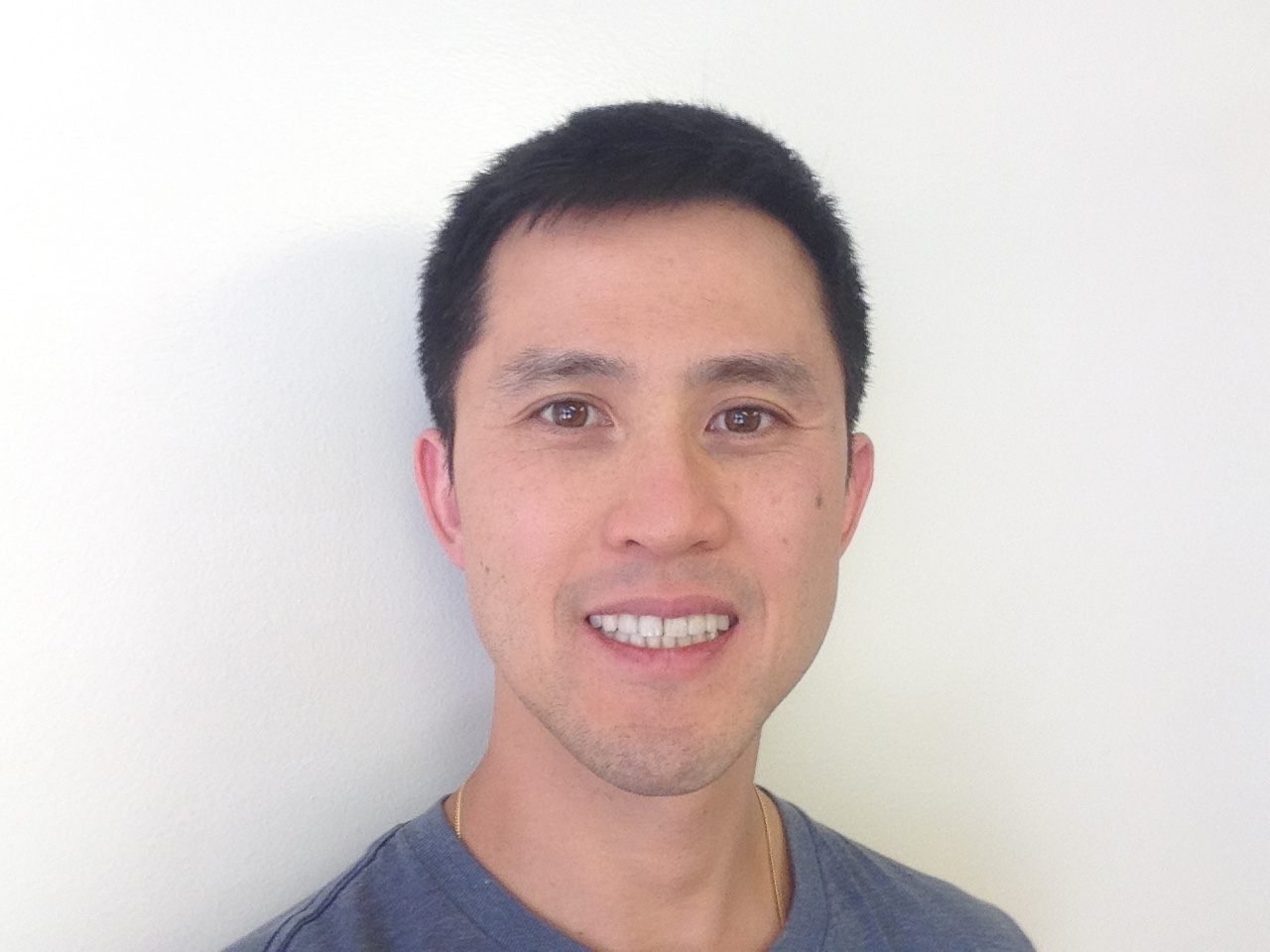Sleeping is important. There are many conclusive studies that show how important sleeping is from anti-aging to injury recovery. The problem is that when you have lower back pain (this article will apply if you have neck or upper back tension and muscle spasms), there is no one size fit all answer to getting our beauty sleep.
So what should you do?
There are three principles that will help you achieve this feat. Every night is different. You are different than your friends. Our body composition is unique.
This is one reason why the mattress industry is making a fortune off of our desire to sleep better. We all get cranky when we lose sleep. We try the mattress at the store to find out that months later, it is not supporting us like it used to. Why? Because our body changes and adapts to your daily needs. The mattress does not cater to your body.
A foam mattress top does to a certain extent based on our heatmap patterns, but not to our body physiology patterns. A sleep number bed is the closest to what we endorse but it is costly.
Regardless, these are the actual advice and Physical Therapy exercises we teach our clients in the neighborhood of Bixby Knolls, Long Beach. We hope you notice the holistic nature of how we can help you to sleep.
Best sleeping position for lower back pain in the eyes of a Physical Therapist
A) Match the mattress to what your lower spine needs.
Our muscles help support our bones and joints. By understanding this, our muscle tone is a response to how much your muscles need to work to protect your neck or lower back spine. This concept plays a big part of this equation when answering the question “How to Get Better Sleep with Lower Back Pain”.
The weaker your spine is, your lower back muscles will try its best to spasm or stay in a high tone response to support your spine. There are many root causes of why a spine is weak. This is what a trained Physical Therapist specializing in Spine needs to answer so your spine can adapt to all types of mattresses.
When your muscles become overworked, they develop extra nerve endings that make our tissues become more sensitive. A firm mattress becomes uncomfortable since your tissues like your muscles are sensitive to hard pressure. If you have foam rolled your muscle tension and understand how enjoyable the experience is, you can relate to this high sensitivity within your muscle tissues.
You are in a dilemma. Should you support the spine with a firm mattress? Or help your muscles relax better with a softer mattress? This dilemma is why the mattress industry cannot pin-point what mattress for you to buy. They are not a trained Spine Specialist or a Physical Therapist.
The solution to this dilemma is to address the root cause of what is ailing your lower back pain. You can sleep better with lumbar stenosis or disc herniation. The answer is to address and seek help for both your underlying muscle and spinal issues.
If you need a second medical opinion or looking to have this sleep issue answered, and live near the neighborhood of Bixby Knolls of Long Beach, save a phone consultation with a Spine and Sports Medicine Physical Therapist, Dr Danh himself.
B) “Hugging” concept:
The first concept was about addressing the muscle or spine. The second concept is to address the fascia and nervous system to relax your muscles and lower back.
This may seem like a simple idea, but it is a powerful concept that has made a big impact on many people we help in Long Beach with back pain. Our muscle tone is a response to our subconscious thinking. Imagine a yogi going into a dark room and being

afraid. The yogi will have huge muscle tension as a protective response. Now, think of the opposite.
How amazing does it feel to get a warm hug from someone that is sincerely caring to you? Your body melts and you forget about all the worries at that brief moment.
The setup of your mattress and pillows should make you feel this way. You will need a partner to get the most out of this exercise.

Lay down on your mattress. Your partner should notice that you have gaps between your body and the mattress. The typical spots are your knees, pelvis, hips, flank, armpit region, upper back, and neck region. Support any gaps and spaces with pillows, towels, and anything shapeable.
Your goal is to experience sleeping on a cloud. This takes time to find your perfect setup but well worth the initial struggle.
C) Breathing principle
So… you got a mattress to support your spine. You filled in your body gaps to relax your muscles (more specifically your fascia and nervous system). BUT… You are having good nights and bad nights. Why?
Sleep is the act of recovering from what we did, the food we ate, and how we emotionally felt that day. Every day is different. Now as a Holistic medicine practitioner with an emphasis in Physical Therapy, we need to show you how to adapt to your everyday choices and stressors.
Our breath and how you breathe is important for tissue health and vitality. This is the premise of some Eastern Medicine practice like Tai Chi and Qi Gong. The ability to transfer this breath throughout the body easily indicates vitality.
First STEP: Breath deeply (inhale) and feel your navel expand outwards. For some of you, this is difficult and should not be. Breath deeply into the left side of your navel. Repeat to the right side.
Sit on a tennis ball. Breath deeply down towards the tennis ball. How easy was it to expand this breath into the ball? Can you feel if you hold tension? Repeat and bring your breath to the front, left side, right side, and back of the tennis ball. Feel and note this.
Second STEP: Lay down on your back. Inhale deeply and expand your stomach. Repeat and bring the breath towards your tailbone region. Was that easy? Where did you hold tension and have a block on the path towards your tailbone?
Repeat in the side-lying position. Try this with and without pillows. You will notice every situation will be different.
Take the CHALLENGE: Do this exercise the following night. Do you notice any pattern changes?
Hopefully, you are able to appreciate and marvel at how our body changes. This is why you may have lower back pain from sleeping, and spent thousands of money on an expensive mattress.
In summary, match your mattress to the make-up of your spinal alignment after getting Physical Therapy. Our goal is to change the make-up of your body to a stronger and firmer composition, thus buying a mattress before will be fitting for your older self. In the meantime, hug any gaps that your body has to relax your muscles. Nightly, use the breathing exercise to determine where you hold tension and melt this away. Pick the position that provides less pain and the ability to breath throughout your body.
If you need a second opinion or looking for a Spine Specialist or Physical Therapist in the neighborhood of Bixby Knolls, Long Beach, reach out to and we would love to help you learn what is your best sleeping position and how to sleep better with lower back pain.
Click on the blue button below for a Special phone conversation with Dr Ngo.
Go ahead, it’s complimentary for reading this article.
One LOVE,
Dr Danh Ngo
Spine Specialist in Long Beach
Doctor of Physical Therapy
info@revitalizerehab.com


